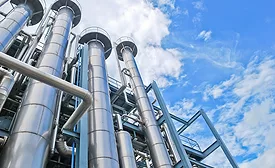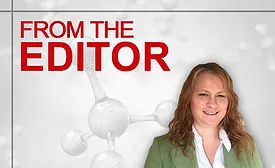Home » Keywords: » COVID-19
Items Tagged with 'COVID-19'
ARTICLES
Companies that took advantage of the opportunity to learn, afforded by the supply chain crisis, have profited greatly and are more prepared than ever to tackle similar difficult times in the future.
Read More
Staying the Course
Despite a cloudy economic picture, M&A activity continues to grind forward.
April 24, 2023
Hot Melt Adhesives Market Grows amid Supply Chain and Raw Material Challenges
World demand for hot melt adhesives expected to grow in multiple applications, latest Smithers insight reveals.
April 12, 2023
Proactive Approach to Navigating Transportation Woes
Companies must take a proactive approach to navigating transportation woes and create supply chain capabilities to help them stay a step ahead of the competition.
February 23, 2023
Adhesive Dispensing for Medical Device Assembly
Many manufacturers of medical devices, point-of-care and near-patient testing products, and medical wearables are reassessing and upgrading their assembly fluid dispensing capabilities.
December 20, 2022
2022 Raw Materials and Chemicals Overview
As COVID recovery continues, manufacturers must strategize and optimize to mitigate ongoing supply chain issues and soaring costs.
August 8, 2022
Ipsos Survey Finds Strong Support for Workplace COVID-Control Mandates
The survey found varying support levels for protective mandates across countries.
January 4, 2022
From the Editor
Moving the Adhesives and Sealants Industry Forward
The adhesives and sealants industry relies heavily on distributors for far more than simply raw materials and chemicals shipments.
September 23, 2021
2021 Distributor Roundtable
Leaders in raw materials and chemicals distribution share their insights on key issues impacting the adhesive and sealant industry.
September 2, 2021
Ashland Reports Strong Demand in 2021 Fiscal Third Quarter
Sales were $637 million, up 11% compared to the prior-year period.
August 3, 2021
Keep the info flowing with our newsletters!
Get the latest industry updates tailored your way.
JOIN TODAY!Copyright ©2025. All Rights Reserved BNP Media.
Design, CMS, Hosting & Web Development :: ePublishing






.webp?height=168&t=1672772974&width=275)





